Welll… depending on which forecast you look at we just might get a peek at the nearly total lunar eclipse tomorrow night. Between 2:17am and 5:47am Friday morning the full Beaver Moon will slip through the southern regions of the Earth’s shadow. Mid-eclipse will occur at 4:03am when 98% of the moon will be in shadow and only a sliver of the moon’s southern limb will be in sunlight. This should be very pretty as the region of the moon in shadow usually appears a deep amber and the sliver of sunlit moon a pearly white, almost like a polar cap. It’s neat to realize what you are looking at is the shadow of the Earth’s south polar region… and nothing it holding it up! I almost got vertigo thinking about it the last time I saw the shadow of the Earth’s south pole on the moon. 🙂
For more information about the eclipse see (subtract 5 hours to convert UTC to EST)…
https://www.space.com/beaver-moon-lunar-eclipse-longest-of-century-phases
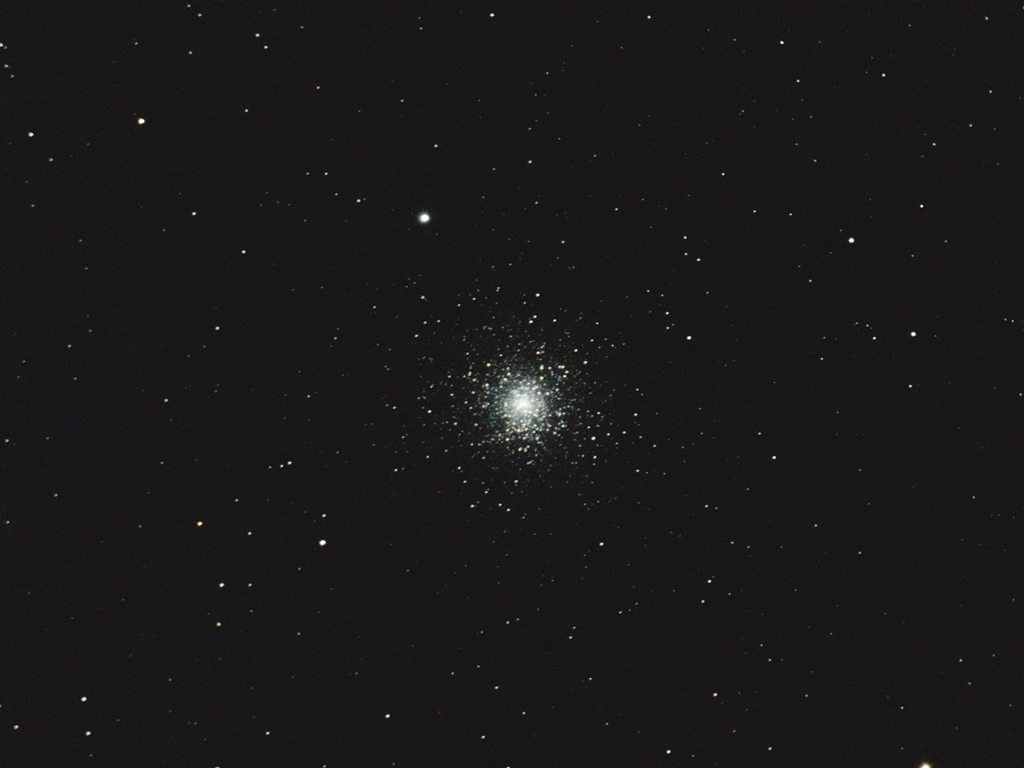
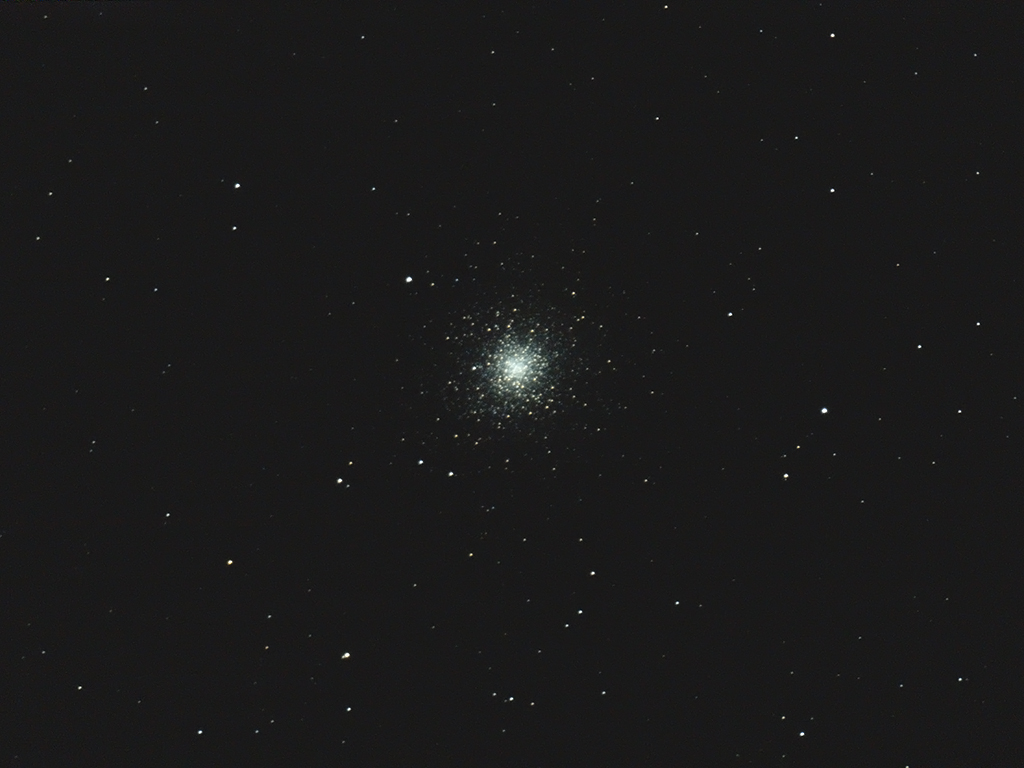

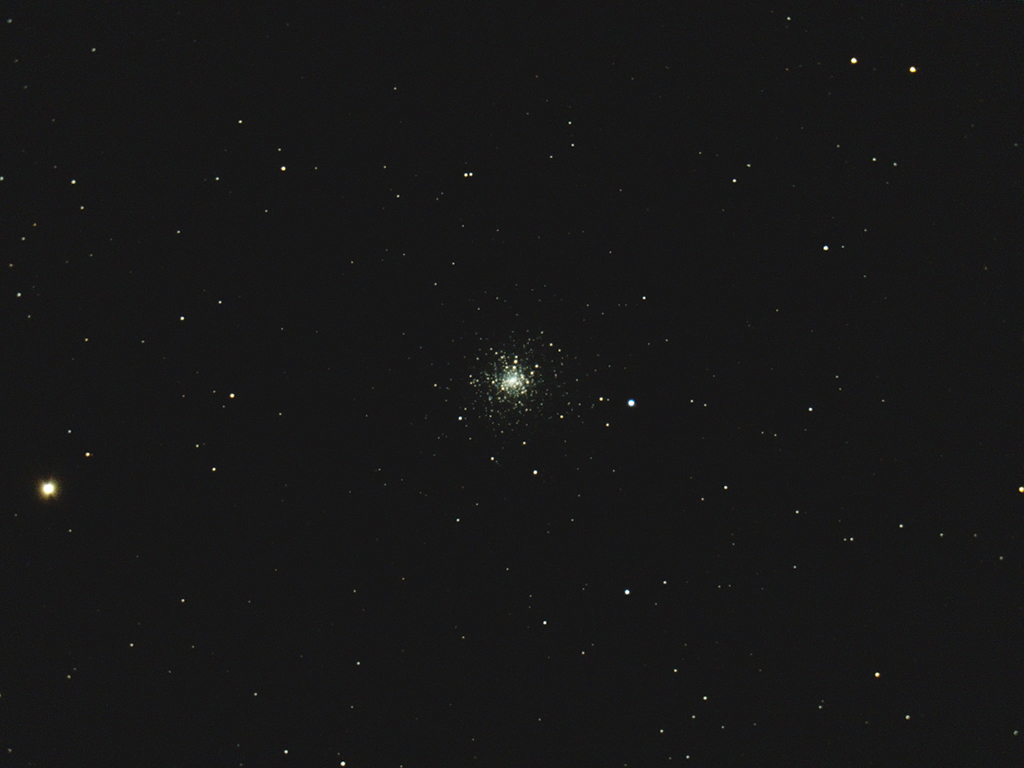
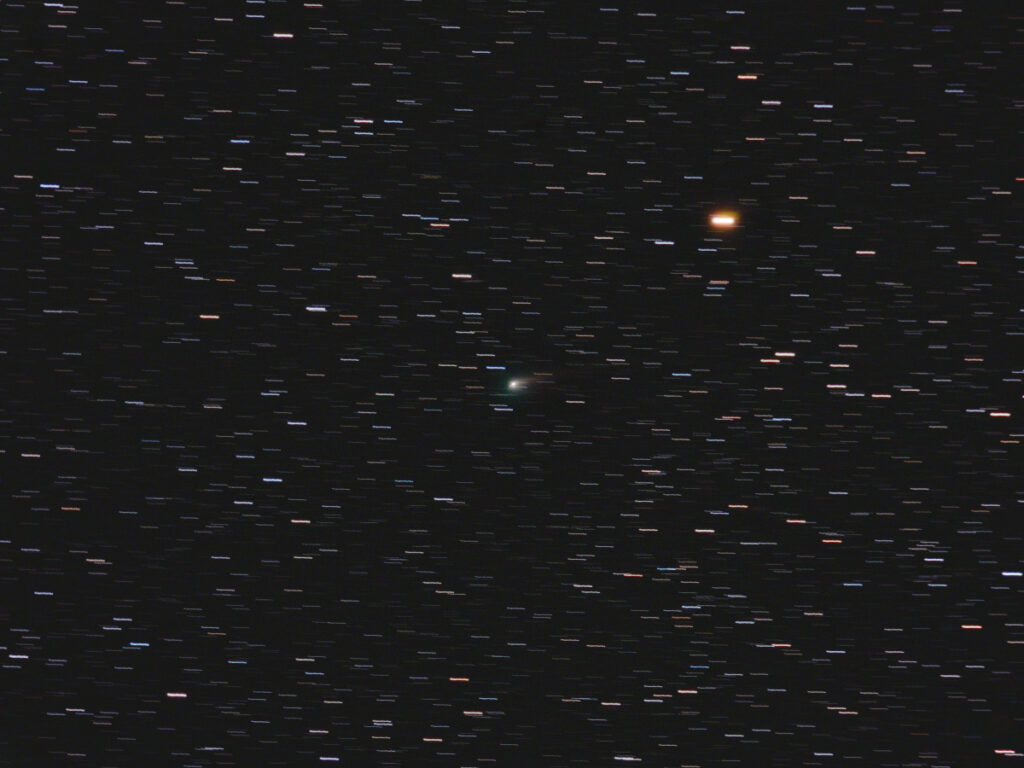
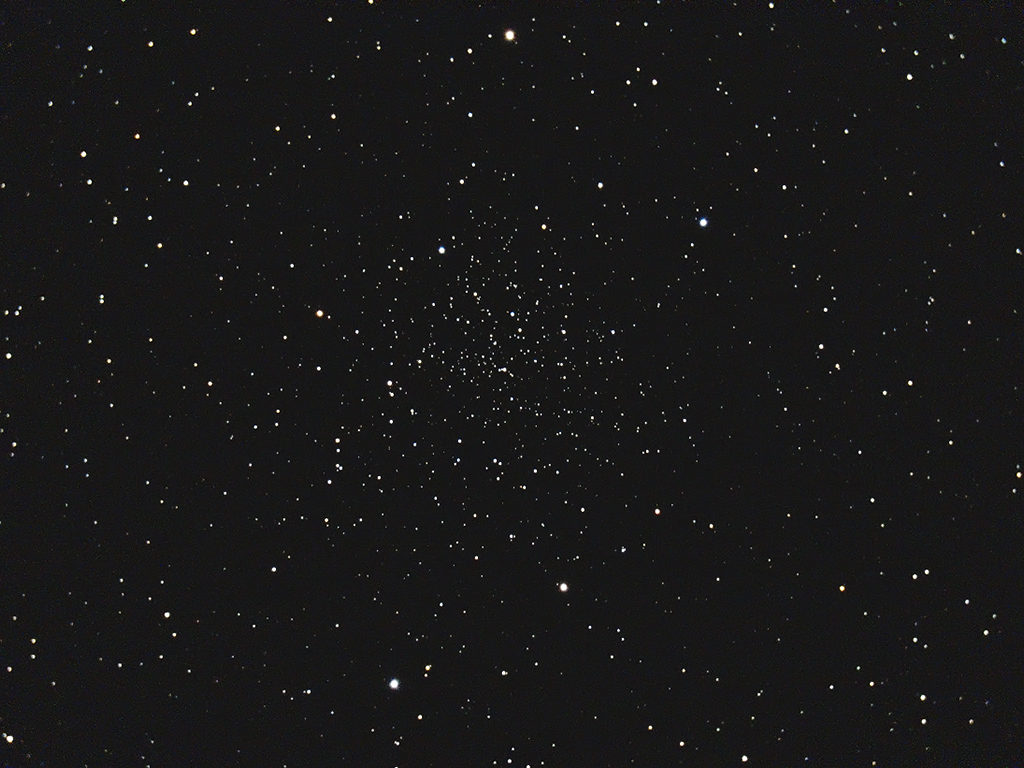

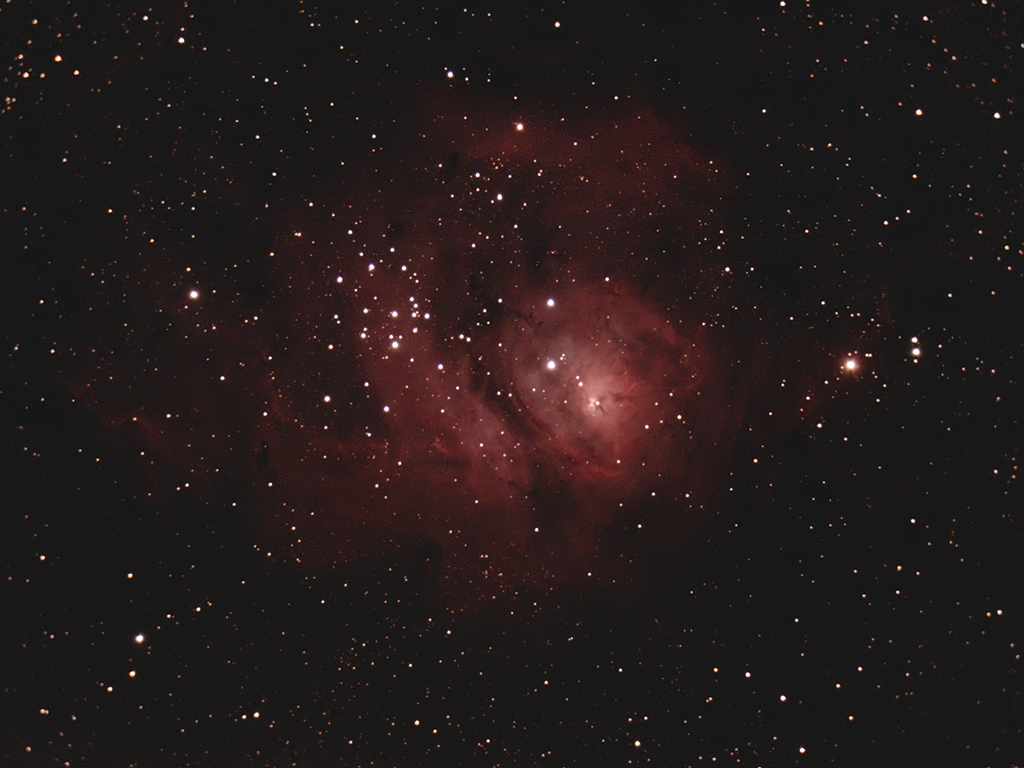
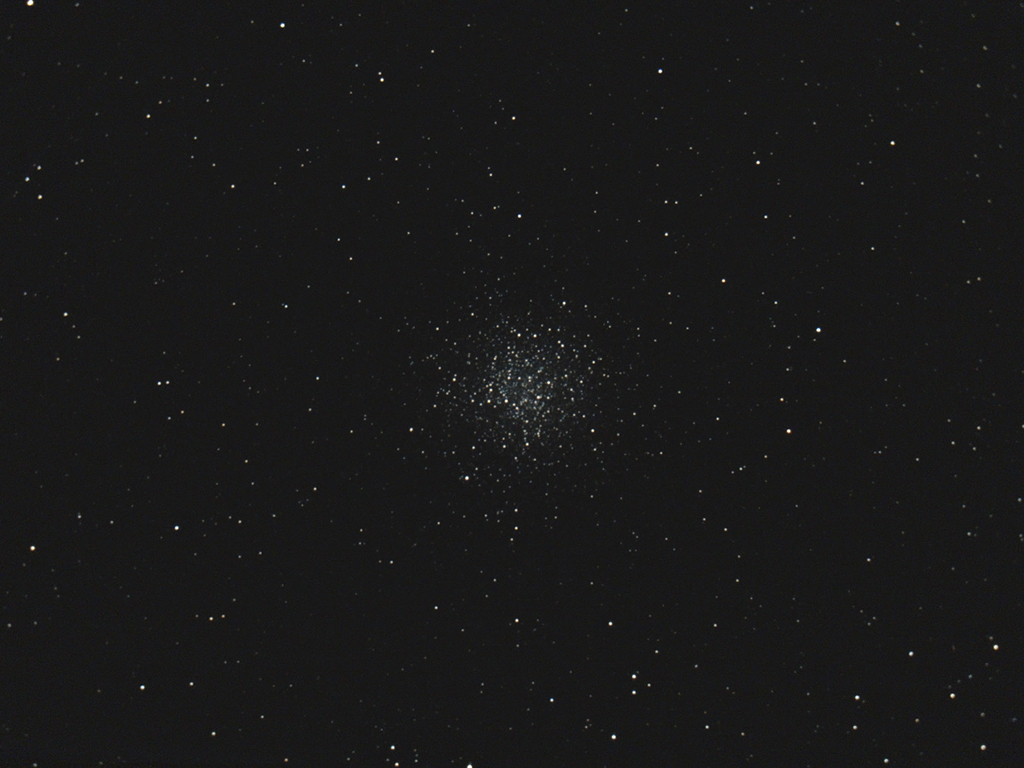
Recent Comments